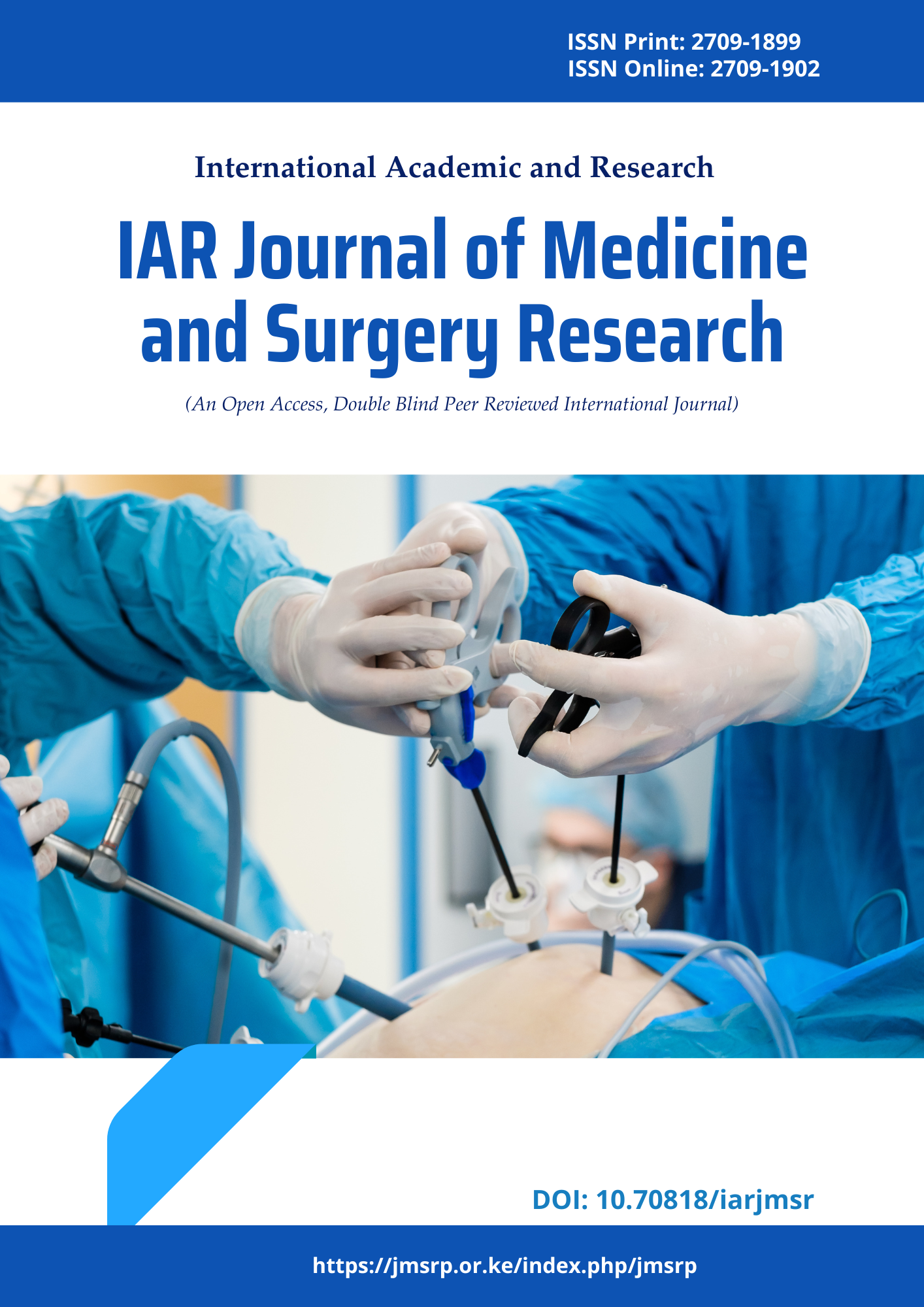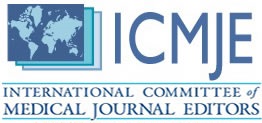A study on Multiple organ failure in patients with septic shock
DOI:
https://doi.org/10.47310/iarjmsr.2023.V04i06.02Keywords:
Multiple organ failure, Septic Shock, PlasmaAbstract
Introduction: Sepsis is an intricate, heterogeneous, and highly lethal syndrome that can be hard to identify and treat. Defined as a life-threatening organ dysfunction caused by a dysregulated host response to an infection, sepsis is one of the major and most urgent public health challenges worldwide. If not recognized early and managed promptly, it can lead to septic shock, multiple organ failure and death. In the community setting, sepsis often presents as the clinical deterioration of common and preventable infections. Sepsis also frequently results from infections acquired in health care settings. Material and Methods: This is a retrospective study was conducted in the Department of Critical Care at NRI Medical College & General Hospital among patients with septic shock with multiple organ failure was conducted by reviewing the electronic medical records of adult patients, 18 years old and older, treated for septic shock. Patients were identified via the electronic medical record to include patients with the primary diagnosis of septic shock and a procedure code for apheresis. Patients with the primary diagnosis of shock plus each of the following flags were screened: 2 or more vasopressors, lactic acid > 2 mmol/L, platelet nadir < 200 × 103/μL, and pH < 7.3. Result: None of the three patients 21 to 30 years old died, 2/9 patients age 31-40 years, and 51-60 years 19/31 died. Twenty-eight patients were died. Death occurred in 1 of 12 patients with one organ failure, in 18/30 with 2 or 3 organ failures, and 9/18 with 4 or more organ failures. The mean value ± SD of APACHE II (mortality risk) for survivors was 19.25 ± 7.32. Conclusion: The incidence of sepsis has been increasing in recent years in our setting. However, hospital mortality has been significantly reduced. In septic patients, all organ failures except liver have shown a statistically significant reduction on associated mortality, with cardiovascular failure as the most relevant. Early source control and the simplification of algorithms to recover tissue perfusion could explain these results.
















